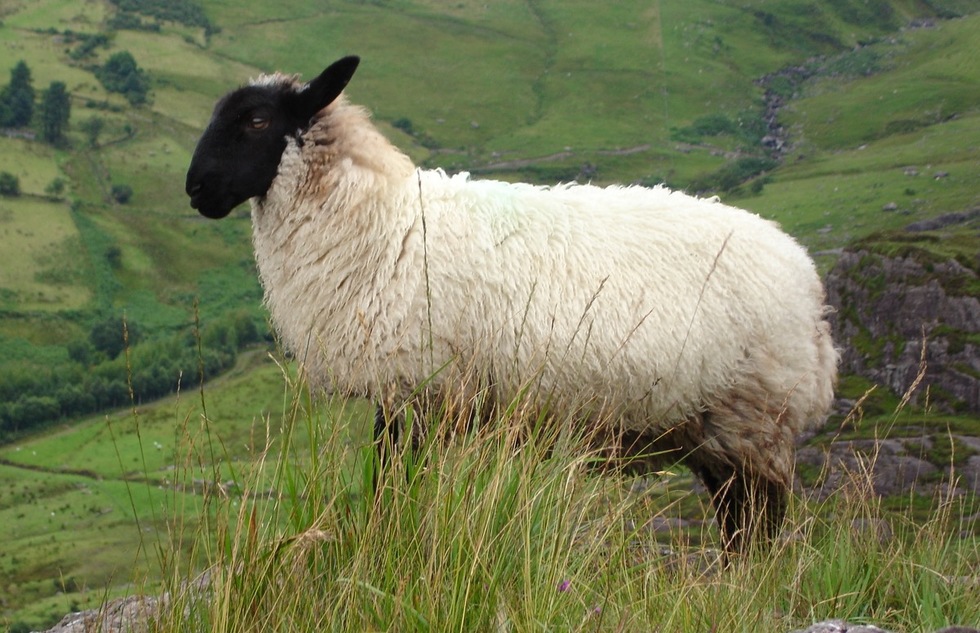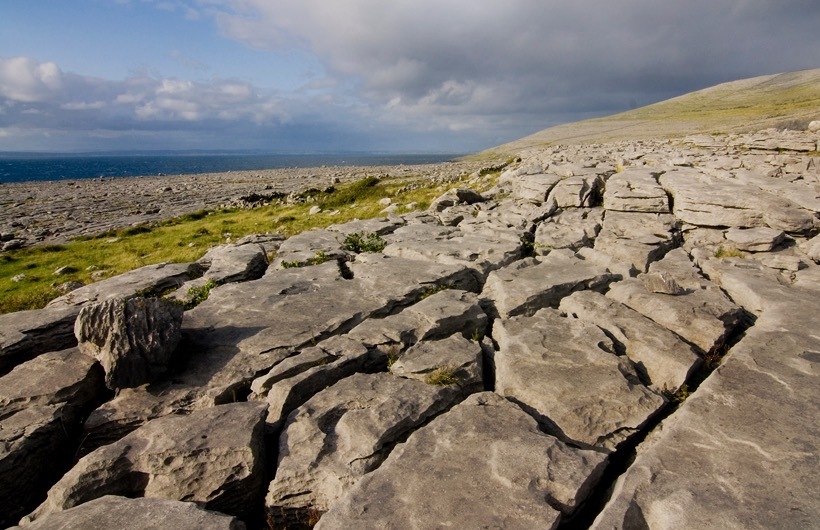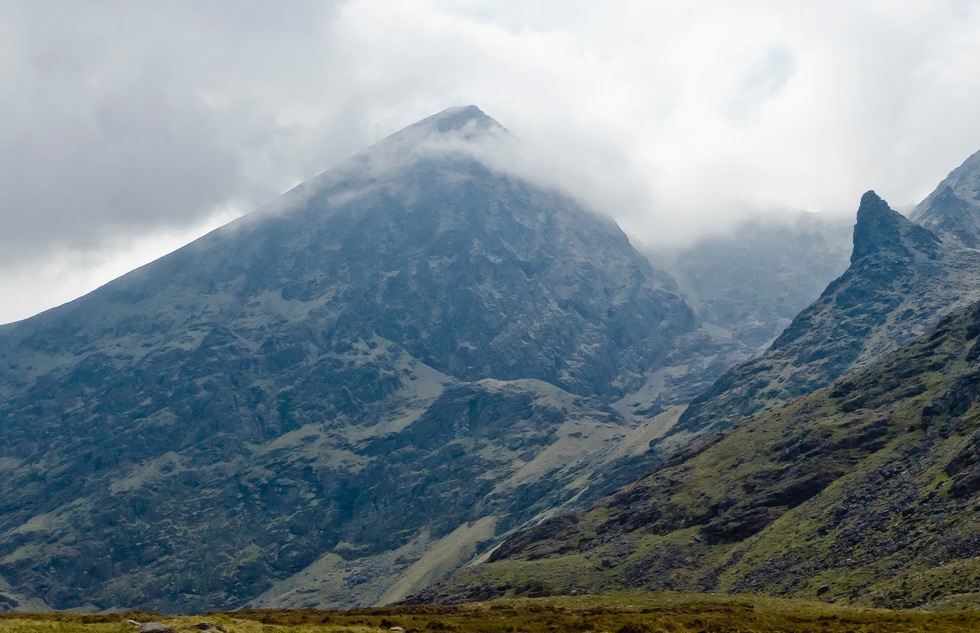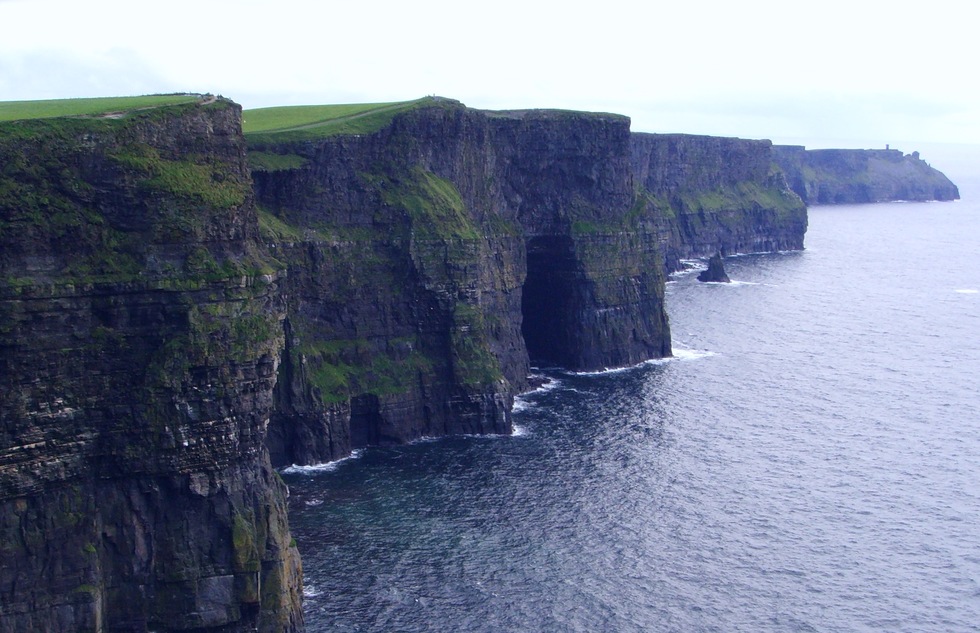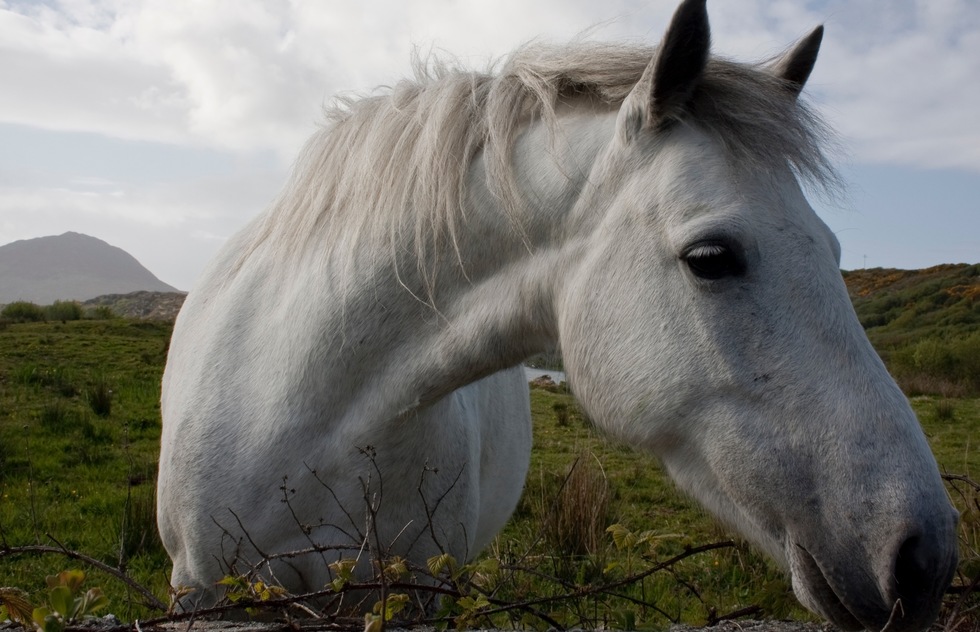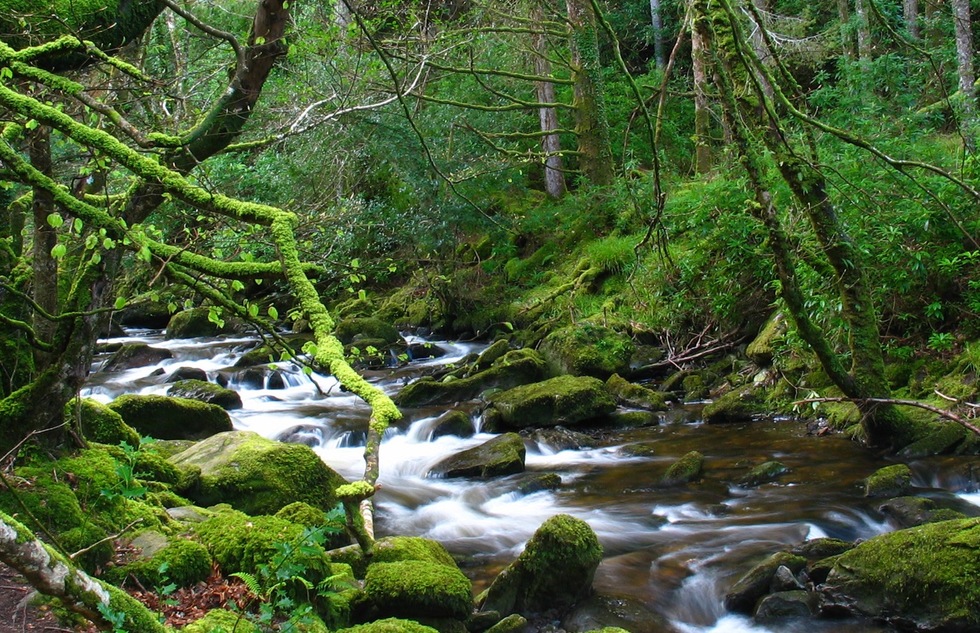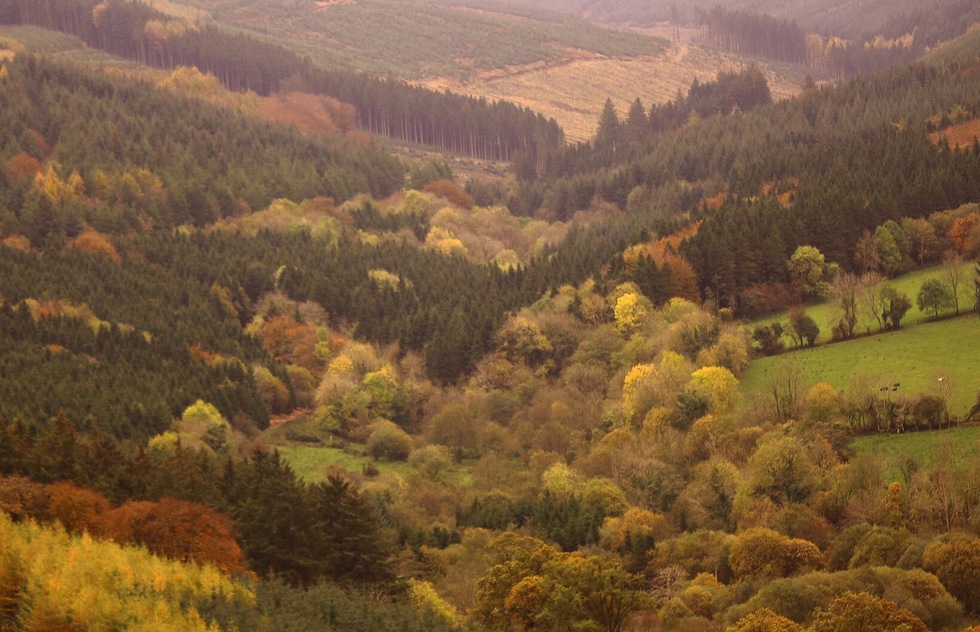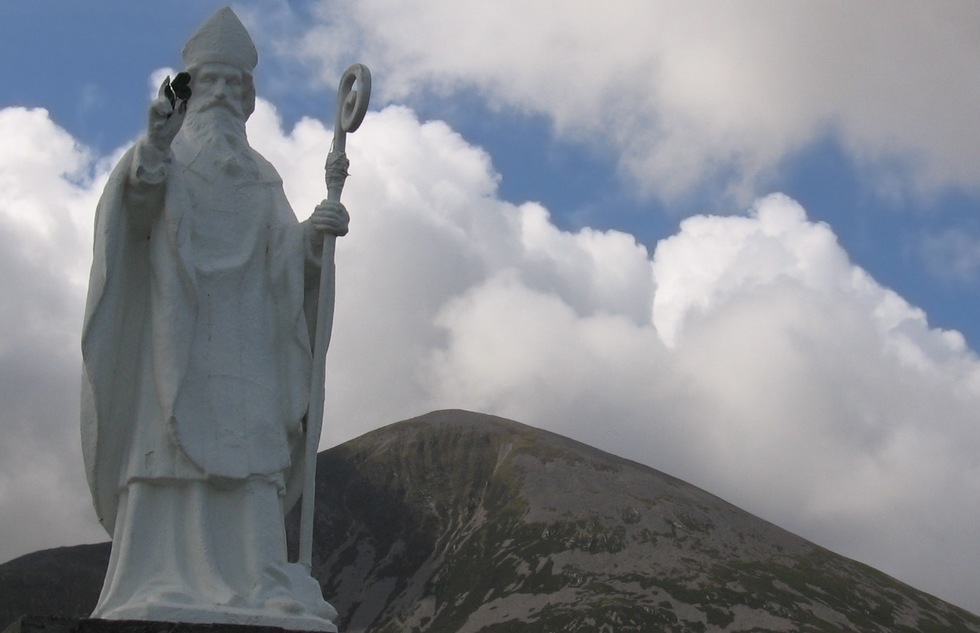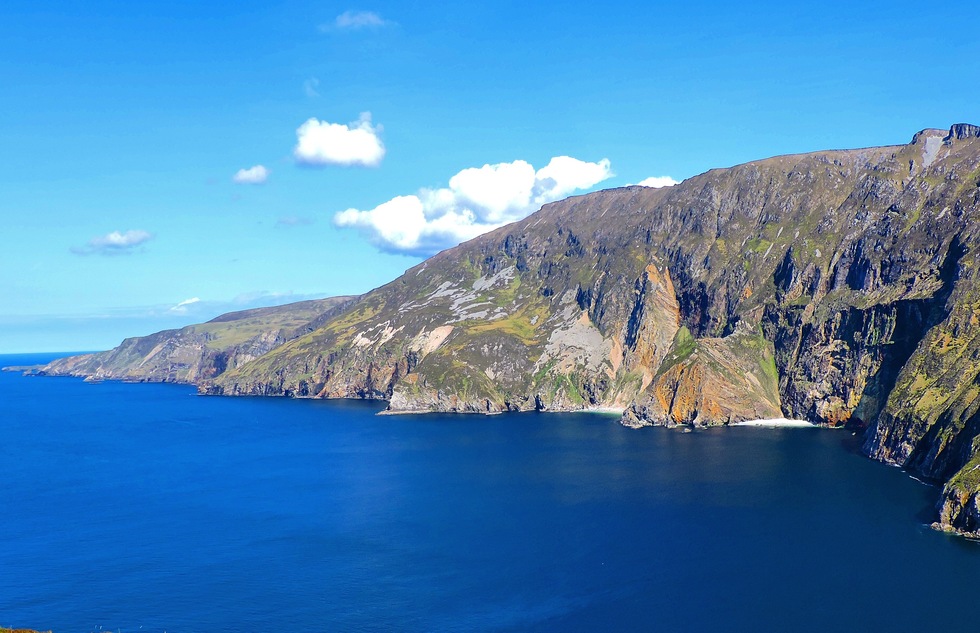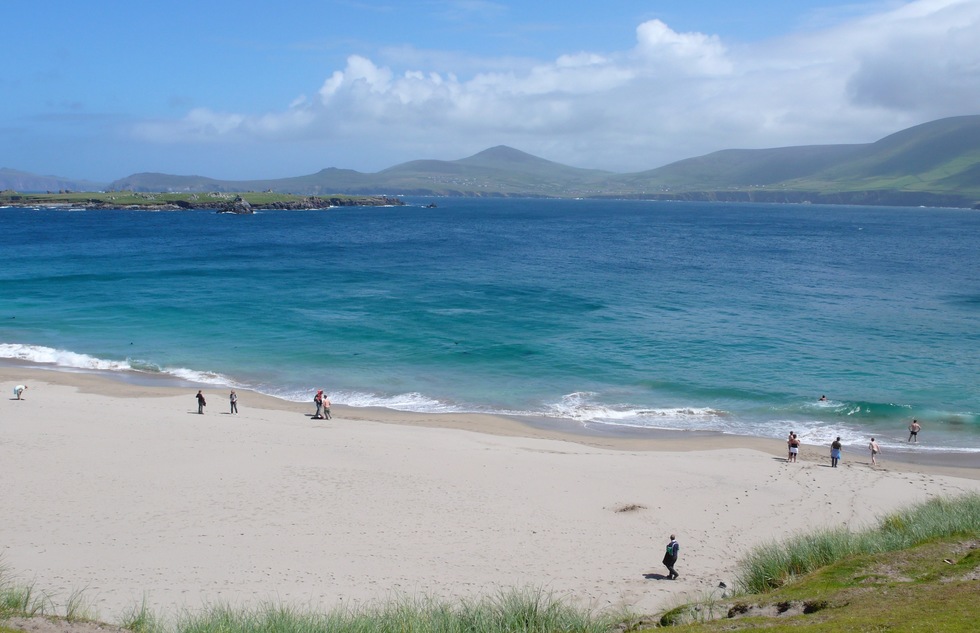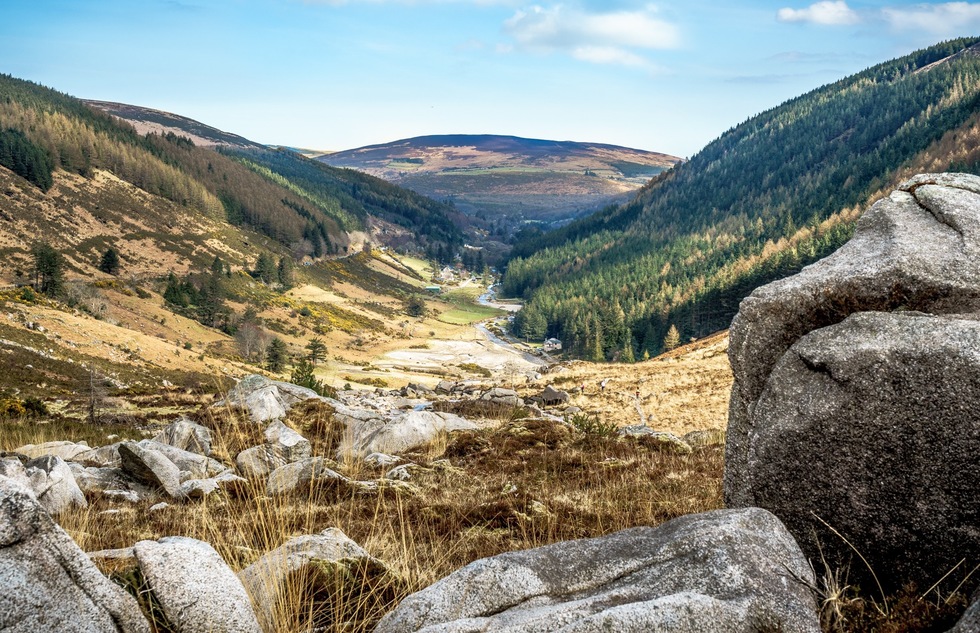Ireland's Top 10 Sites for Natural Beauty
By
By Christi Daugherty and Jack Jewers
Ireland boasts some of the most timeless scenery in all of Europe. Everyone knows about the island's rollings hills and impossibly green meadows dotted with grazing sheep. But that's just the beginning of Ireland's natural splendor. It also has dramatic cliffs, spooky bogs, sandy beaches, and rock formations that look like they were airlifted in from another planet. Here are 10 of our favorite outdoor marvels on the Emerald Isle.
The Burren
Spread over 4,085 acres in the northern part of County Clare, this expanse of tumbling cliffs, lunar planes, and plant life is otherworldly. About 7,000 years ago, humans first began to leave their mark in the form of Stone Age burial monuments such as the famed Poulnabrone Dolmen and Gleninsheen Wedge Tomb, plus around 500 ring forts, ancient churches, and crumbling castles. The best routes through the Burren’s limestone pavements and terraces, shale uplands, and lakes are to be found along the Burren Way. This 26-mile signposted route takes in some of the most breathtaking scenery in Ireland.
Carrauntoohil
Ireland's tallest mountain (3,414 feet) can be found on the Iveragh Peninsula in County Kerry. Carrauntoohil stands amid a range called MacGillycuddy’s Reeks, which not only looks spectacular but has a better name than anything else on this list.
Cliffs of Moher
Ranking among the most well-known landmarks of Ireland, these magnificent sea cliffs reach their full height of 702 feet just north of O’Brien’s Tower. The views of the open sea, of the Aran Islands, and of the Twelve Bens mountains of Connemara are nothing short of breathtaking. A walk south along the cliff edge at sunset makes a perfect end to any day.
Connemara
One of Ireland’s great national parks, Connemara is a stark, untamed landscape of boggy plains and dramatic mountains (Oscar Wilde praised the area's “savage beauty”). Visitors can hike the Twelve Bens (also called the Twelve Pins), a small mountain range near the only fjord in Ireland. Unsurprisingly, this is prime hiking territory, but one of the most memorable ways to cover ground in the park is on horseback.
Killarney National Park
Lakes, mountains, woodland trails, crumbling abbeys, a medieval castle, and a Victorian mansion—who could ask for more from a national park? Horsedrawn buggies ferry visitors to and fro between the great beauty spots, and around the grounds of Muckross House. Those who want to explore at their own pace can take one of the well-designed nature trails, although more ambitious visitors will no doubt be drawn to one of the park’s more strenuous hiking routes, passing through some of the most spectacular scenery in County Kerry. The park has three lakes, containing 30 islands—one of which conceals the 7th-century monastery of Innisfallen. You could spend a week here and still not see everything.
Slieve Bloom
Slieve Bloom, Ireland’s largest and most unspoiled blanket bog, rises gently above the peat fields. Its beauty— gentle slopes, glens, rivers, waterfalls, and bog lands—is subtle but persistent, and it is comparatively untouched. You can have it more or less to yourself, apart from the deer, foxes, and an occasional frolicking otter.
Croagh Patrick
Rising steeply above the coast in County Mayo, Croagh Patrick is seen as a holy mountain, where the saint it's named after (the guy with the holiday in March) is said to have retreated in penance. Traditionally, barefoot pilgrims climb it the last Sunday of July, but in recent years, hundreds of sneakers-wearing tourists have been making the ascent daily. The view from above can be breathtaking or nonexistent—the summit is often wrapped in clouds.
Slieve League
Say it out loud, and the Slieve League sounds like a band of superhero seamstresses. But actually it's a peninsula that stretches 30 miles into the Atlantic, with colorful bluffs rising to startlingly high sea cliffs. You can walk along them—though the journey is not for the faint of heart.
Great Blasket Island
Nobody's lived on the Blasket Islands since the 1950s, when the Irish government deemed them unfit for human habitation. You can, however, take a day trip to the largest, Great Blasket, where you'll find peaceful beaches with ivory sand and sea cliffs fringed with green.
Wicklow Mountains
Stretching across nearly 50,000 acres about 40 miles south of Dublin, Wicklow Mountains National Park is a hiker's paradise. The primary draws include the Glendalough Valley and wooded reserve, as well as the most mountainous stretch of the Wicklow Way (hence the park's appeal for hikers).





